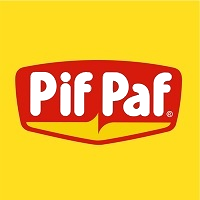
Pif Paf Alimentos
Pif Paf Alimentos is one of the 7 largest Brazilian companies in the poultry, pork, pasta and vegetable processing sector. Its mix of products includes more than 300 items, among them made from meats, pizzas, lasagne, cheese breads and sausages. In addition to marketing the products in Brazil, the company is also present in more than 15 countries: Japan, Hong Kong, Singapore, Russia, Angola, Cuba, Vietnam, among others.